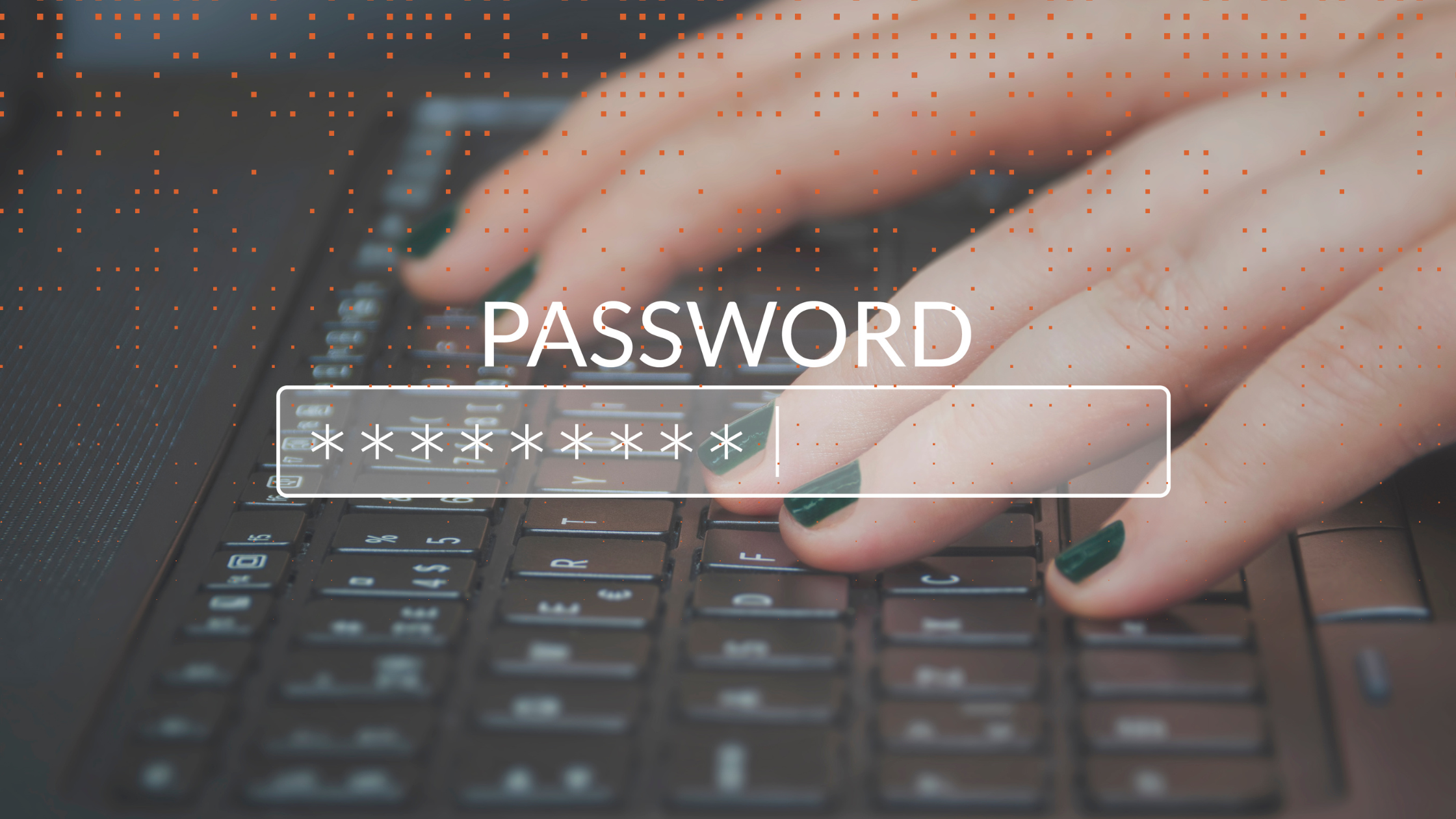Policies and Procedure Writing for CMMC Compliance
The CMMC model requires not only the presence of policies but also the implementation of corresponding technical controls and supporting documentation to demonstrate that the policies are actively enforced. Without this, organizations will likely fall short during an audit, putting their certifications—and ultimately their contract at risk.
Aligning Policies with Technical Controls for CMMC Compliance
One key challenge in achieving CMMC compliance is ensuring that your written policies and technical controls are perfectly aligned. Misalignment can lead to significant issues during an audit, as conflicting information or inconsistencies between what is documented and what is implemented could result in non-compliance findings. To avoid this, organizations must take deliberate steps to synchronize their policies with actual practices.
Ensuring Policies and Controls Do Not Conflict
The first step is to thoroughly review and compare all written policies against the technical controls in place. For example, if your policy requires multi-factor authentication (MFA) for all users, but your technical setup only enforces MFA for administrators, this discrepancy must be addressed immediately. Policies should reflect the implemented controls, leaving no room for ambiguity or conflicting information.
Steps to Synchronize Policies with Practices
Start by mapping each policy requirement to specific technical controls within your environment. Collaborate across teams—especially between compliance and IT—to ensure that what’s written aligns with what’s technically feasible and enforceable. Regular training and awareness programs can also help employees understand and adhere to policies and controls, closing gaps between documented procedures and real-world practices.
Importance of Periodic Reviews and Updates
Cybersecurity and compliance requirements are dynamic. Conduct periodic reviews of your policies and technical controls to ensure they stay aligned as new threats, technologies, and regulatory changes emerge. Regular updates are crucial to maintaining this alignment and ensuring that your organization always remains audit-ready and compliant.
By aligning your policies with technical controls and regularly reviewing them, you can avoid common compliance pitfalls and maintain a robust and cohesive cybersecurity strategy.
To pass a CMMC audit, you need evidence that supports your policies and technical controls, such as screenshots, system logs, audit trails, and configuration reports. This documentation demonstrates that your security practices are consistently implemented and maintained.
The synergy between written policies and technical controls is where true CMMC compliance lies. Policies set the standard for cybersecurity, but with corresponding technical controls, they remain intentions. For example, having a policy restricting access to sensitive files is meaningless unless you have technical controls like role-based access control (RBAC) systems to enforce that restriction. When policies and controls are in sync, they create a robust, proactive, verifiable cybersecurity environment.
Consider a real-world scenario: A defense contractor implements a policy requiring that all portable devices containing CUI be encrypted. By deploying encryption software across all devices and using endpoint management tools to monitor compliance, the contractor enforces the policy and generates verifiable evidence for audits. This alignment between policy and technical controls ensures that the organization is prepared for CMMC assessments and remains compliant over the long term.
Ultimately, technical controls bring your cybersecurity policies to life, ensuring that your security objectives are actively upheld and documented—a critical requirement for passing CMMC audits and securing your position in the defense sector.
In short, documentation and evidence are the backbone of CMMC compliance. They prove that your written policies are not just on paper but actively applied and monitored. Consistently maintaining this documentation will help during audits and ensure your organization’s security measures remain effective and up to date.
The Regulatory Landscape of NIST 800-171 & CMMC
NIST 800-171 and CMMC serve as robust frameworks designed to safeguard sensitive/regulated data and enhance the cybersecurity posture of organizations, particularly those contracting with the U.S. Department of Defense (DoD). These frameworks outline a set of controls, processes, and measures that organizations must implement to protect Controlled Unclassified Information (CUI) and other sensitive data.
The Role of Documentation:
- Comprehensive Understanding: Clear documentation serves as the cornerstone for a comprehensive understanding of the requirements outlined in NIST 800-171 and CMMC. It provides a roadmap for organizations to navigate through the complexities of these frameworks and ensures that every stakeholder comprehends their role in achieving compliance.
- Traceability and Accountability: Documentation acts as a trail of breadcrumbs, enabling organizations to trace their compliance efforts. Every action, policy, or procedure must be documented, establishing accountability throughout the organization. This traceability is crucial for audits and assessments, demonstrating a commitment to compliance over time.
- Risk Management: Effective risk management is at the heart of cybersecurity compliance. Clear documentation facilitates the identification, assessment, and mitigation of risks associated with handling sensitive/regulated data. This proactive approach not only ensures compliance but also enhances the overall security posture of the organization.
- Communication and Training: Documentation serves as a means of communication within the organization. Clear and concise documents become valuable training resources, aiding employees in understanding and implementing security measures. This, in turn, fosters a culture of cybersecurity awareness and compliance.
- Adaptability and Scalability: As cybersecurity threats evolve, organizations need to adapt quickly. Well-documented policies and procedures provide a foundation for scalability and adaptability, allowing organizations to respond effectively to emerging threats without compromising compliance.
Best Practices for Documentation:
- Plain Language: Use clear and straightforward language to ensure that documentation is easily understood by all stakeholders, regardless of their technical expertise.
- Consistency: Maintain consistency in formatting, terminology, and structure across all documentation to avoid confusion and streamline comprehension.
- Version Control: Implement a robust version control system to track changes, updates, and revisions to documentation, ensuring that the most current information is always accessible.
- Accessibility: Ensure that documentation is readily accessible to all relevant parties. This includes employees, auditors, and any other stakeholders involved in the compliance process.
In the intricate landscape of NIST 800-171 and CMMC compliance, the role of clear and concise documentation cannot be overstated. It serves as the glue that binds the various elements of cybersecurity and data protection together, offering organizations a roadmap to compliance and resilience against emerging threats. As organizations embark on the journey to fortify their cybersecurity defenses, they must recognize the pivotal role that documentation plays in the quest for regulatory compliance and overall information security.
You May Also Like
These Related Stories

CMMC: The Cybersecurity Maturity Model Certification



